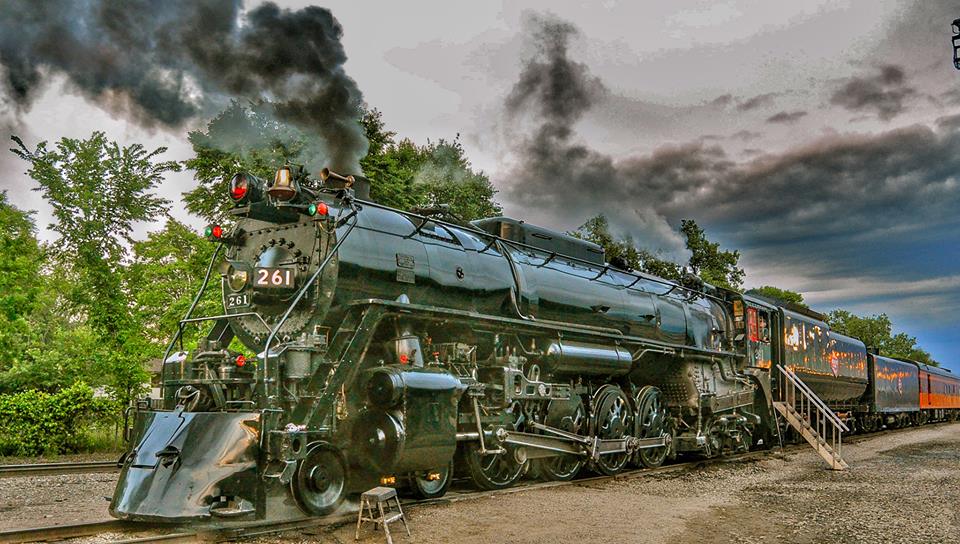
In our case, it’s almost unthinkable to trade in my car for a vehicle that can be towed, taking the depreciation loss on a car I use every day to gain a single feature that I would use only a small fraction of the days I drive. The other major chasing advantage is cost: purchase and installation of towing and braking gear can cost thousands of dollars, and that’s if you already own a car that is towable.

Frankly, I can’t imagine this – I use reverse every day that I drive the RV, whether that’s at a gas station, a parking lot, a campsite, or correcting a navigation error. I’ll mention two other major advantages to chasing, the first of which Eric pointed out in his video: Reverse! With a car in tow, you lose your ability to drive in reverse unless you take the time to disconnect the car. This was a significant reduction in my stress level during our trip, and I think scouting is the main advantage of chasing vs. For me, that means no more exiting the freeway only to discover that I can’t maneuver to gas station pumps, and no more hunting for a coffee shop or a grocery store only to find no place to park. Since I limit the RV speed to 65 mph, Virginia's faster highway pace usually gives her time to choreograph these advance stops, and our mobile phones help make the coordination easy. There’s even a name for this motorhome alt-tow travel strategy: “chasing.” On this trip, Virginia would often drive ahead of me to scout out RV-suitable gas stations shopping center parking lots that could accommodate our motorhome coffee shops or restaurants, where she would grab food for a coffee or lunch break and the campground, where she would register us before I arrived with the motorhome. There is no single or simple answer to that question, but I like the analysis by Eric and Katie Nathey of Mountain Modern Life, with a thorough discussion of the advantages/disadvantages in this video. But does this make sense for a much longer trip that will cover 4700 miles and 80 hours behind the wheel? So having the car go with us means driving it separately, not towing it, and fortunately Virginia loves to drive. But it is not one of those cars that can be flat-towed or dolly-towed, and towing it on a trailer would exceed the weight capacity of the hitch on our motorhome. Our SUV makes it easy to carry the kayak gear to launch points, and its hitch-mounted bike rack comes in handy for transporting our bicycles to trailheads. I admit that this may sound ridiculous, but we have often used this strategy for shorter motorhome camping trips. why don’t we drive both our motorhome and our car? Right before our trip, while I was contemplating all those individual trips to pick up and drop off the rental cars (and the total expense involved in that), I started to think about another option: There are two of us. So I employed our most common strategy: arranging car rentals for those cities as well as in Colorado, where we would be staying the longest. But it was clear we would need a car at each one of those cities in order to travel from our campsites to our family and friends’ homes, restaurants, museums, and planned events that ranged from a Milwaukee baseball game (Brewers vs.

We don’t tow a car behind our motorhome, so we often take advantage of rental cars, Uber, public transportation, our bikes, or our feet. These plans created a familiar transportation challenge for us, since our 34-foot-long motorhome limits where we can drive and park.

We did not drive the most direct route to Colorado, since we wanted to visit family and friends in St. Frankly, we would never have tackled that without our pedal-assist electric bikes, and even then, it was a workout. Our most spectacular bike trip was between Vail and Vail Pass, a 30-mile round trip that included a steady ascent of 2600 feet. We rode nearly 200 miles and ascended over 9000 feet during our 2½-week stay I have hours of video from those rides and need to find time to edit all that down to a short movie.

Tiger Run is located on the bike trail between Breckenridge and Frisco, and that paved recreational path is also connected to the nearby towns of Dillon, Silverthorne, Keystone, Copper Mountain, and Vail. As I discussed in this blog post, this long-awaited trip was the key element of our base camp concept, and I’m happy to report a successful experiment.Įxploring that part of Colorado was new to us, and thanks to a stretch of beautiful weather, we spent a lot of time outside. We just returned from our annual summer trip to Colorado, staying for the first time at our tiny piece of Rocky Mountain real estate: a campsite at Tiger Run RV Resort.


 0 kommentar(er)
0 kommentar(er)
